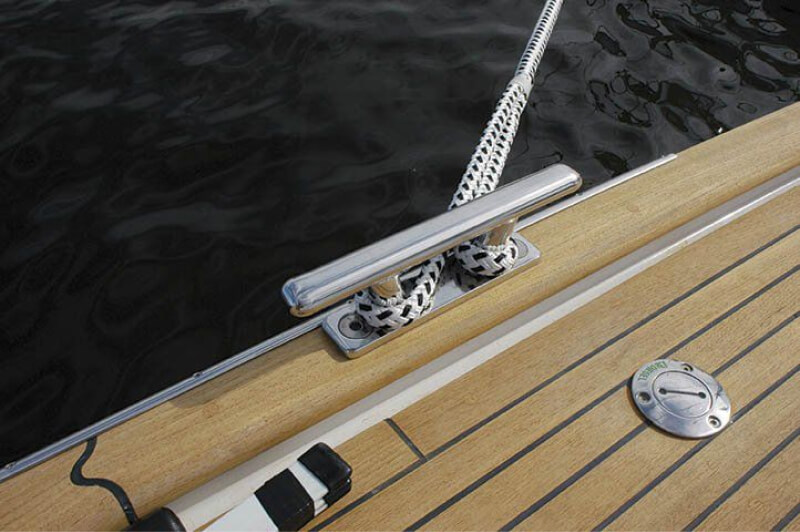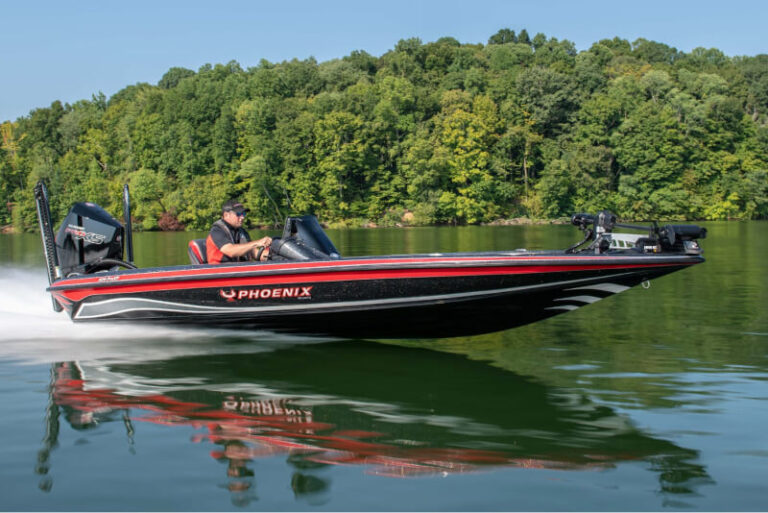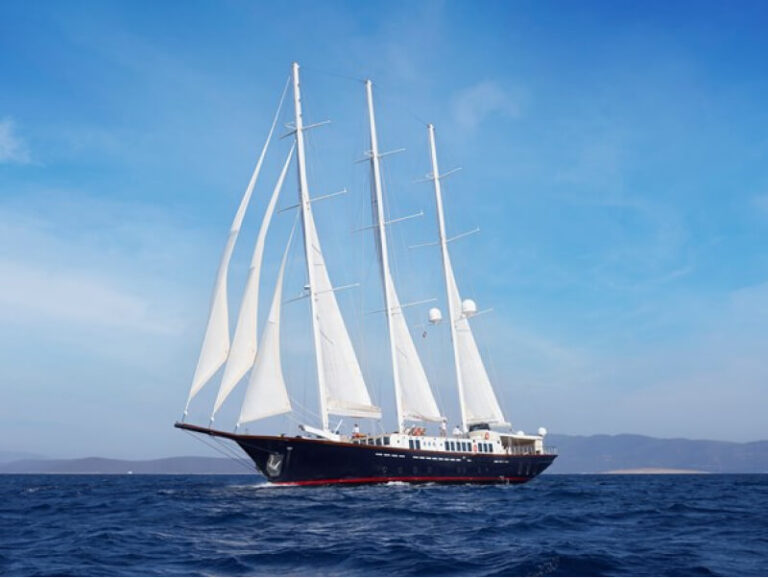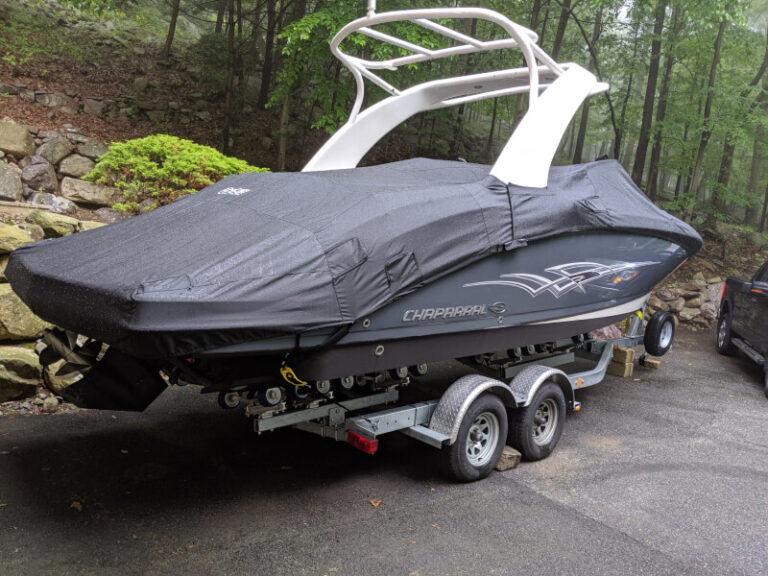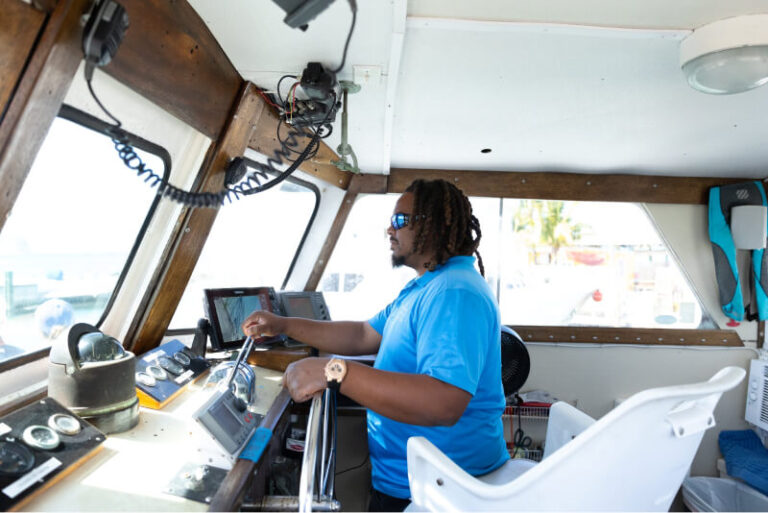Types of Boat Cleats: Choosing the Right Cleat for Your Vessel
If you’re a boating enthusiast, you know that having the right equipment is essential for a smooth sailing experience. One important component of any boat is the cleat. Boat cleats are used to secure ropes and lines, and they come in various types to suit different needs. In this article, we’ll explore the different types of boat cleats available and their specific uses, so you can choose the best one for your vessel.
You can make an informed decision when choosing which ones will work best for your boating needs. Remember to consider factors such as size, material, durability, and ease of installation when making your selection. Whether you’re docking at a marina or anchoring in open waters, having reliable boat cleats will give you peace of mind knowing that your vessel is securely tied down.
[toc]
Different Types of Boat Cleats
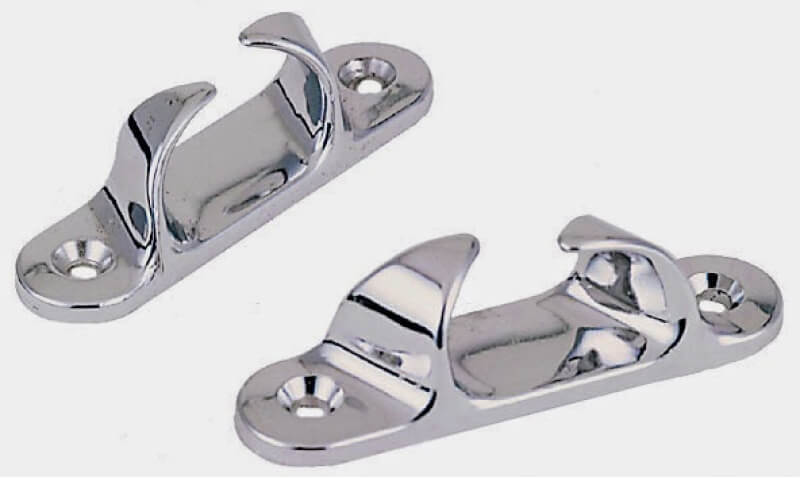
Boat cleats are an essential component of any vessel, providing a secure point to tie ropes and anchor your boat. There are several different types of boat cleats available, each with its own unique design and functionality. In this section, we’ll explore some of the most common types of boat cleats and their uses.
1. Horn Cleat
The horn cleat is one of the most traditional and widely used types of boat cleats. Its distinctive shape resembles two curved horns facing upwards. This design allows for easy tying and securing of ropes at various angles. Horn cleats are commonly found on both powerboats and sailboats.
2. Flat Cleat
As the name suggests, flat cleats have a flat surface with two or more mounting points for securing ropes or lines. They are often seen on smaller boats or where space is limited since they can be easily mounted flush against surfaces like gunwales or swim platforms.
3. Folding Cleat
Folding cleats offer a practical solution when it comes to safety and aesthetics. These cleverly designed cleats fold down flush against the deck when not in use, minimizing potential hazards while maintaining a sleek appearance.
4. Dock Cleat
Dock cleats are specifically designed for securing boats to docks or piers temporarily. They typically have a sturdy construction with multiple attachment points to ensure stability during mooring.
5. Rope Clutch
Rope clutches provide a convenient way to secure multiple lines without the need for tying knots manually each time you dock your boat. These self-locking devices can handle high loads and are commonly used on larger sailboats or yachts.
6. Cam Cleat
Cam cleats utilize a spring-loaded cam mechanism that grips the rope firmly when loaded but releases quickly under tension or by hand pressure alone, making them ideal for quick adjustments during sailing maneuvers.
Choosing the right boat cleat for your vessel depends on various factors such as the size of your boat, intended use, and personal preference. It’s important to ensure that the cleats you select are appropriate for the loads they will bear and properly installed to maintain their integrity.
Remember, safety should always be a top priority when it comes to securing your boat. Regularly inspect your cleats for any signs of wear or damage and replace them if necessary. Properly maintained and correctly chosen cleats will provide peace of mind while out on the water, knowing that your boat is securely moored.
Read Also: Types of Sailboats: Find Your Ideal Vessel
Fixed Cleats – Types of Boat Cleats
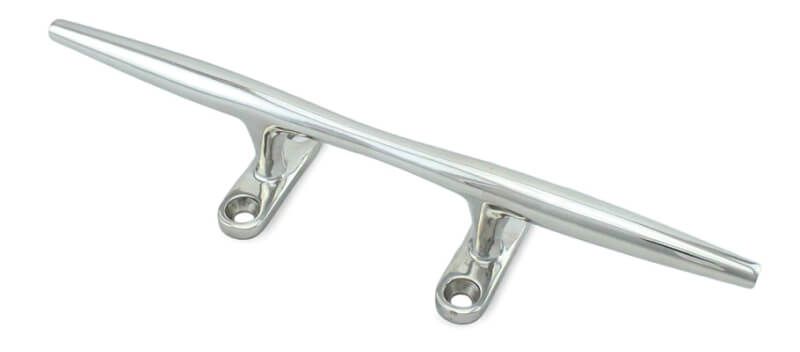
Fixed cleats are a commonly used type of boat cleat that provide secure attachment points for ropes and lines. They are designed to be permanently mounted onto the deck or other parts of the boat, ensuring stability and reliability in various boating activities. Here’s a closer look at fixed cleats and their features:
1. Material
Fixed cleats can be made from different materials such as stainless steel, aluminum, or nylon. Stainless steel is highly preferred due to its durability and resistance to corrosion, making it suitable for both freshwater and saltwater environments.
2. Design
Fixed cleats come in various designs, including open-base cleats, closed-base cleats, horn-shaped cleats, and low-profile cleats. Each design offers unique advantages depending on the specific needs of the boat.
3. Installation
Installing fixed cleats requires drilling holes into the boat’s deck or hull and securing them with bolts or screws. It’s essential to ensure proper installation to maintain the integrity of the boat structure.
4. Use Cases
Fixed cleats are versatile and can be used in different applications on a boat. Some common uses include tying off dock lines when mooring or docking, securing fenders for protection against impacts, anchoring your boat securely during rough weather conditions.
5. Size Considerations
The size of a fixed cleat is an important factor to consider when choosing one for your boat. Larger boats typically require larger-sized fixed cleats capable of handling heavier loads.
In summary, fixed cleats provide reliable attachment points for ropes and lines on your boat deck or hull. They come in various designs and are made from durable materials like stainless steel to withstand harsh marine conditions. Proper installation ensures their effectiveness in securing your vessel during different boating activities.
Remember to choose a size that suits your boat’s requirements and always follow manufacturer guidelines for installation best practices.
Folding Cleats: Convenient and Space-Saving
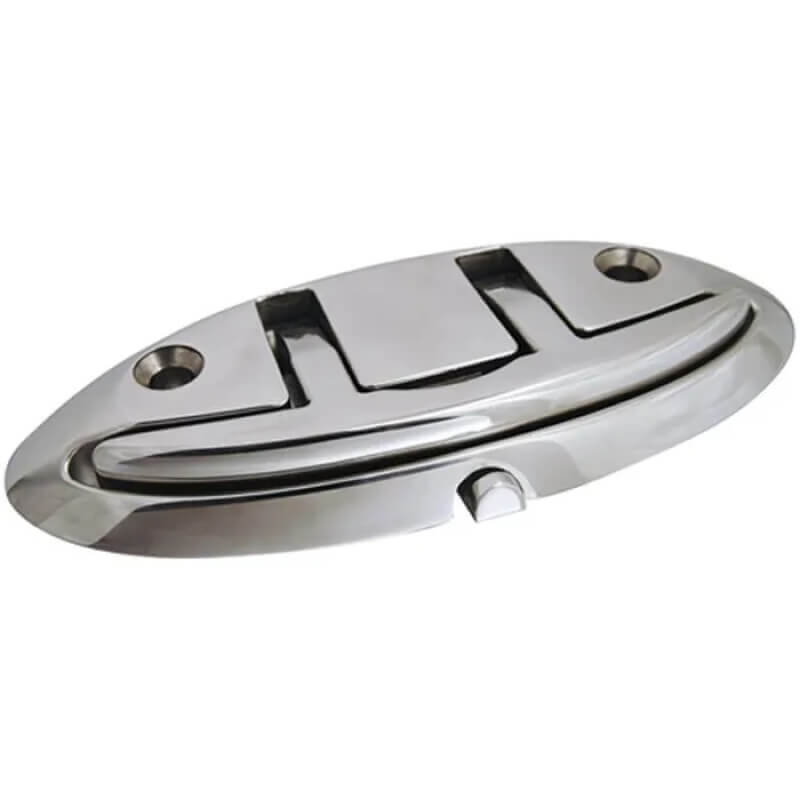
When it comes to boat cleats, one type that stands out for its practicality and space-saving design is the folding cleat. These cleverly engineered cleats offer a range of benefits that make them a popular choice among boaters.
1. Compact Design
Folding cleats are designed to fold flat when not in use, making them extremely compact. This feature is especially useful for boats with limited deck space or when you want to avoid any protrusions that could cause accidents or damage.
2. Easy Installation
Installing folding cleats is a straightforward process, typically requiring just a few screws and basic tools. Their simple design makes them accessible to both experienced boaters and beginners alike.
3. Versatile Application
Folding cleats can be used in various settings on your boat, such as bow, stern, or even along the sides of your vessel. This versatility allows you to place them wherever they provide the most convenience for docking, anchoring, or securing lines.
4. Secure Anchoring
Despite their compact size, folding cleats are built with durability in mind. They are constructed from robust materials like stainless steel or aluminum, ensuring reliable anchoring and secure mooring even in challenging conditions.
5. Aesthetically Pleasing
In addition to their functional advantages, folding cleats also contribute to the overall aesthetics of your boat’s deck area. When folded down, they create a sleek and streamlined appearance that enhances the visual appeal of your vessel.
If you’re considering installing folding cleats on your boat, keep in mind that their size may limit their load-bearing capacity compared to larger traditional cleat designs. It’s important to check their specifications and ensure they meet your specific needs before making a purchase decision.
In conclusion, folding cleats offer an ideal solution for boaters seeking convenience without sacrificing functionality or aesthetics. With their compact design, easy installation, and versatility, these cleats provide a practical and space-saving option for securing your boat.
Types of Boat Cleats: Pop-Up Cleats
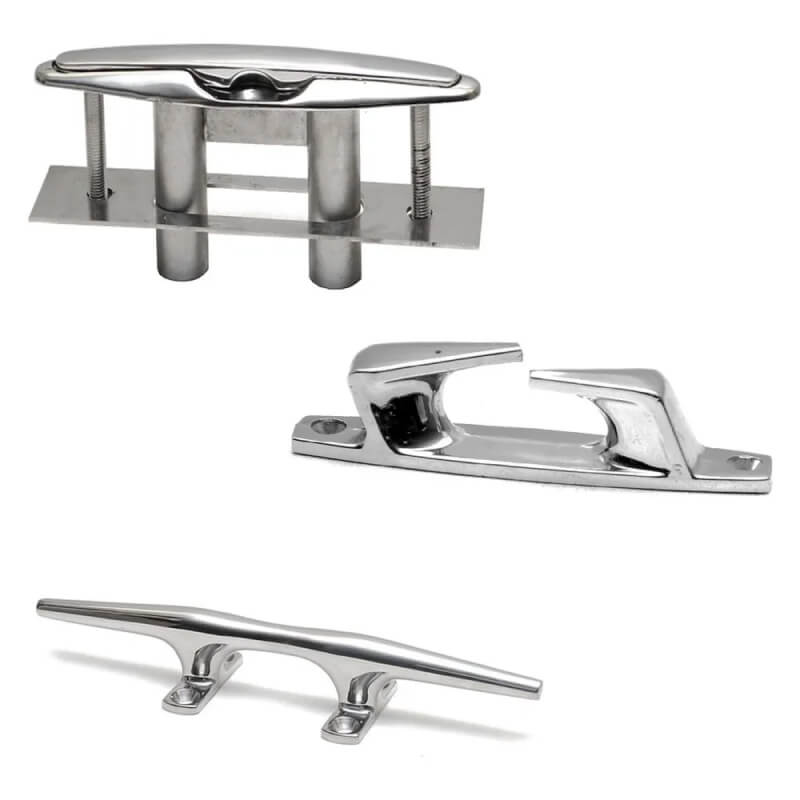
Pop-up cleats are a type of boat cleat that offers a sleek and convenient solution for securing lines on your vessel. These cleverly designed cleats can be recessed into the deck when not in use, providing a smooth surface that won’t snag ropes or pose a tripping hazard. When you need to tie off your boat or secure it at the dock, simply push down on the top of the cleat, and it pops up to provide a secure attachment point.
Features and Design
One of the key advantages of pop-up cleats is their ability to maintain a clean and unobstructed deck surface. Traditional fixed cleats can protrude above the deck, creating potential hazards and interfering with foot traffic. With pop-up cleats, you can enjoy a clutter-free deck that allows for safe and easy movement around your boat.
Benefits and Applications
Another benefit of pop-up cleats is their versatility. They come in various sizes and materials to accommodate different types of boats and applications. Whether you have a small recreational craft or a larger yacht, there’s likely a pop-up cleat that will suit your needs. Additionally, they can be installed on both horizontal and vertical surfaces, giving you flexibility in where you choose to mount them.
When it comes to installation, pop-up cleats are relatively straightforward to fit onto your boat. Many models feature an adjustable base plate that allows for easy alignment with existing mounting holes or structural supports. This means you won’t have to drill new holes in your deck, minimizing any potential damage or modifications required.
Maintenance Tips
In terms of performance, pop-up cleats offer reliable strength and durability. They are typically made from corrosion-resistant materials such as stainless steel or aluminum alloys, ensuring they can withstand exposure to saltwater environments without rusting or deteriorating over time.
Overall, if you’re looking for an aesthetically pleasing and functional alternative to traditional fixed cleats, considering installing pop-up cleats on your boat. They provide a clean deck surface, versatility in mounting options, and a secure attachment point when you need it. Upgrade your vessel with these innovative cleats for a seamless boating experience.
Types of Boat Cleats: Horn Cleats

Horn cleats are a popular type of boat cleat commonly used for securing lines on boats. These sturdy and reliable cleats are named after their distinctive shape, resembling the horns of a bull or ram. In this section, we’ll explore the features and benefits of horn cleats, as well as their various applications in boating.
Features and Design
One of the key features of horn cleats is their unique shape, which provides multiple points for securing lines. This design allows for better distribution of load and enhances the overall strength and stability of the cleat. Horn cleats are typically made from durable materials such as stainless steel or aluminum to withstand harsh marine environments.
Benefits and Applications
Horn cleats offer several advantages that make them an excellent choice for boaters:
- Secure Line Holding: The multiple horns provide secure attachment points for ropes and lines, preventing accidental slippage even under heavy loads or rough conditions.
- Versatility: Horn cleats can accommodate a wide range of line sizes, making them suitable for various applications such as docking, anchoring, or securing fenders.
- Ease of Use: With their simple design, horn cleats are easy to use and require no specialized knowledge or skills to operate effectively.
- Aesthetics: Many boaters appreciate the classic look of horn cleats, which can add a touch of traditional charm to any boat’s appearance.
Maintenance Tips
To ensure optimum performance and longevity from your horn cleat:
- Regularly inspect the hardware for signs of wear or corrosion.
- Clean with fresh water after each outing to remove salt residue.
- Apply lubricant to moving parts periodically to prevent friction damage.
- Replace any damaged or worn-out components promptly.
In summary, horn cleats offer secure line holding capabilities along with versatility in different boating scenarios. Their robust construction and timeless design make them a popular choice among boaters. By following proper maintenance practices, you can ensure that your horn cleats serve you well for years to come.
Types of Boat Cleats: Choosing the Right Boat Cleat for Your Needs
When it comes to selecting the perfect boat cleat for your needs, there are a few key factors to consider. The right choice will depend on various aspects such as the size and type of your boat, the specific application, and personal preference. Here are some important points to keep in mind:
1. Types of Boat Cleats Material
Boat cleats are commonly made from stainless steel, aluminum, or nylon. Each material has its own advantages and considerations. Stainless steel offers excellent durability and corrosion resistance, making it ideal for saltwater applications. Aluminum is lightweight yet sturdy, while nylon is more affordable and resistant to rust.
2. Types of Boat Cleats Size
The size of the cleat should be proportionate to the size of your vessel. A general rule of thumb is that larger boats require bigger cleats to ensure secure mooring. Consider both the length and width of your boat when determining the appropriate size.
3. Types of Boat Cleats Style
Boat cleats come in various styles including open base, closed base, horn-shaped, and folding options. Open base cleats are versatile and easy to use but may not provide as much strength as closed base or horn-shaped ones. Folding cleats offer a space-saving solution when not in use.
4. Types of Boat Cleats Mounting Options
Cleats can be mounted through-bolted or with surface-mounted studs depending on your installation preferences and requirements.
5. Types of Boat Cleats Load Capacity
It’s crucial to choose a boat cleat with sufficient load capacity for your intended use. Consider factors such as wind conditions, docking situations, and potential stress on the lines.
6. Types of Boat Cleats Maintenance Requirements
Different materials may have varying maintenance needs – stainless steel requires regular cleaning to prevent tarnish while aluminum may need occasional waxing or polishing.
Remember that selecting the right boat cleat involves balancing functionality with aesthetics and budgetary considerations. By considering these factors carefully you can ensure that you make the right choice for your boat.
In the next section, we’ll explore some common types of boat cleats to further assist you in finding the perfect option for your vessel.
Conclusion
Now that you have explored the different types of boat cleats, you are equipped with the knowledge to choose the right one for your boating needs. Let’s summarize what we’ve learned:
| Cleat Type | Best Use |
|---|---|
| Dock Cleats | Securing boat to dock |
| Mooring Cleats | Tying up boat in mooring |
| Clamshell Cleats | Flush-mounted option, sailboats |
| Deck Cleats | Attaching fenders or accessories on deck |
| Cam Cleats | Racing or high-performance sailing boats |
Remember, safety should always be your top priority when using boat cleats. Make sure they are properly secured and regularly inspected for any signs of wear or damage.
By understanding the different types of boat cleats available and their respective purposes, you can confidently select the right cleats for your boating adventures. Enjoy your time on the water and happy sailing!

